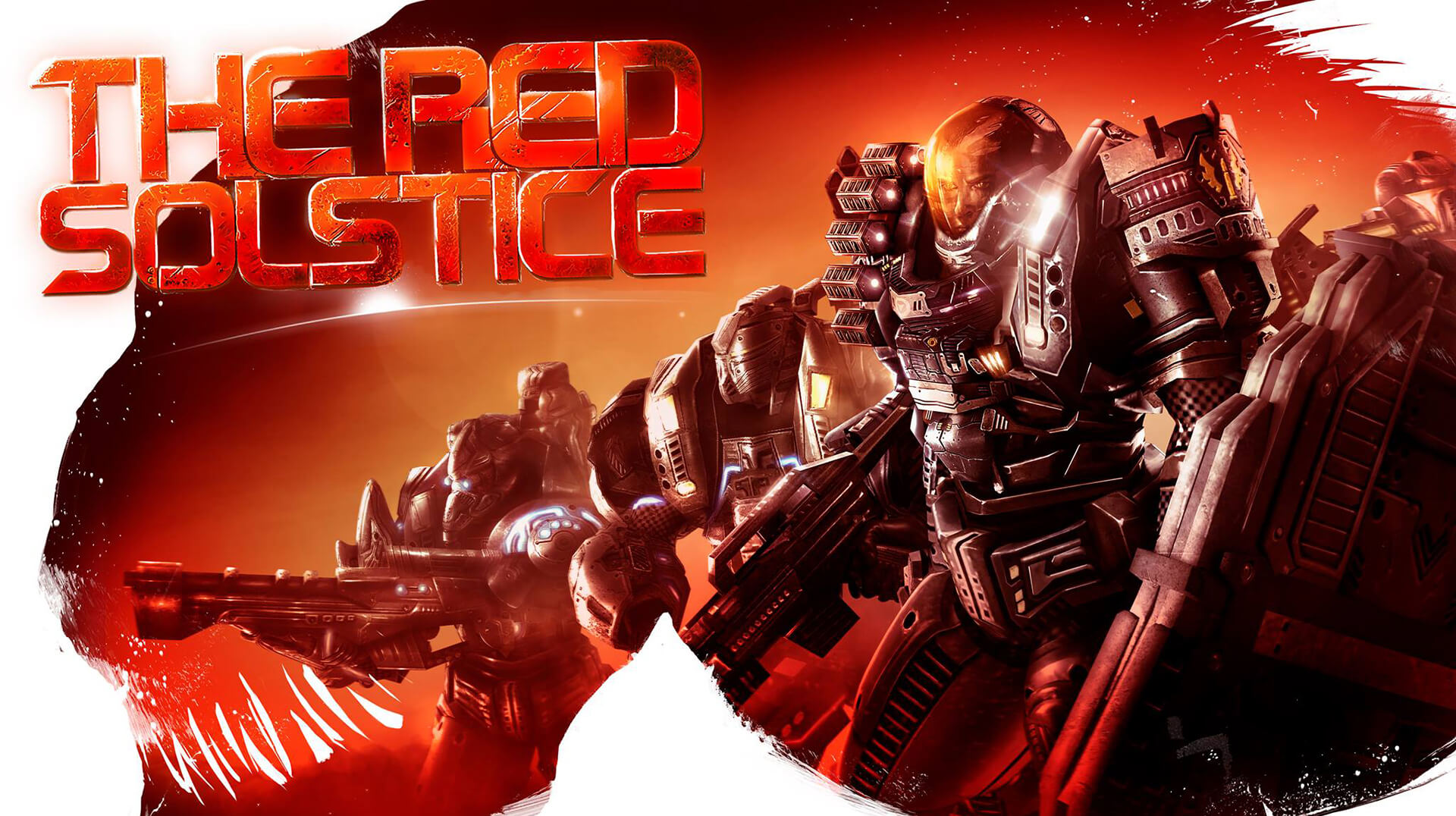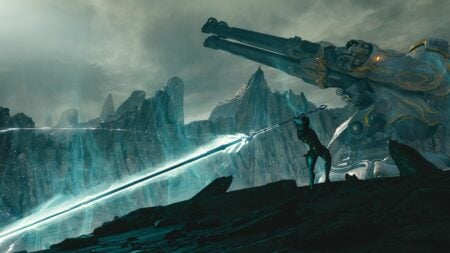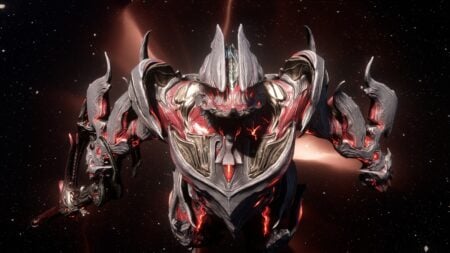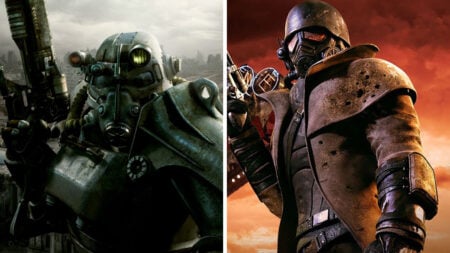Title: The Red Solstice
Version Tested: PC
Available On: Windows
Developer: Ironward
Publisher: Nkidu Games
Genre: Strategy, Action, Indie
Official Site: The Red Solstice
Release Date: 10 July 2015
Where to Buy: Steam
The Red Solstice is a real heartbreaker of a game. For everything that it does right, it does something else wrong. On paper, it sounds like an excellent idea; a squad-based, tactical isometric action game set during a space-age apocalypse? Who wouldn’t want to jump on board with that?
But unfortunately, despite having some very solid features, the potential of this game is marred by some very irritating and unacceptable design choices.
[embedyt] https://www.youtube.com/watch?v=SU9TVA1AVso[/embedyt]
[gap height=”15″]
Perhaps inspired by titles such as Starship Troopers, Dead Space, and Alien Swarm, The Red Solstice is a game that throws the player right into the teeth of a dangerous outbreak on the sands of Mars. Set years in the future, humanity has finally abandoned Earth due to a biological threat that eventually destroyed society there. Seeking a new home, intrepid colonists ended up on the red planet, desperately seeking some respite from the horrors that they left behind on Terra. But it appears that the threat has simply followed them across the stars.
That’s the premise anyway. It’s nothing inspirational or unusual, and has certainly been done before with more success, but it’s a solid story. Your squad of marines (online or in single-player) explores the desiccated ruins of a once-growing community, trying to find answers and solutions while being swarmed by alien creatures, all of which want to make you into their lunch. The story is nothing to write home about, with very predictable twists and turns and absolutely god-awful voice acting. Playing through the single-player campaign was a struggle, as you encountered constant cliches in the writing and the mission parameters while the characters were little more than bland, cardboard cut outs of the traditional space marine tropes.
If you’re looking for a good story in The Red Solstice, you will not find it. It isn’t driving, it isn’t unique and it certainly isn’t interesting. The plot line was a real clunk moment for the game, and as good as some other parts are, the story lets down the entire endeavor to the point where it becomes boring. That being said, the plot line was never really intended to be the primary force of the game – more of a transport for the action. It could have been a lot worse, but it could also have been a lot better.
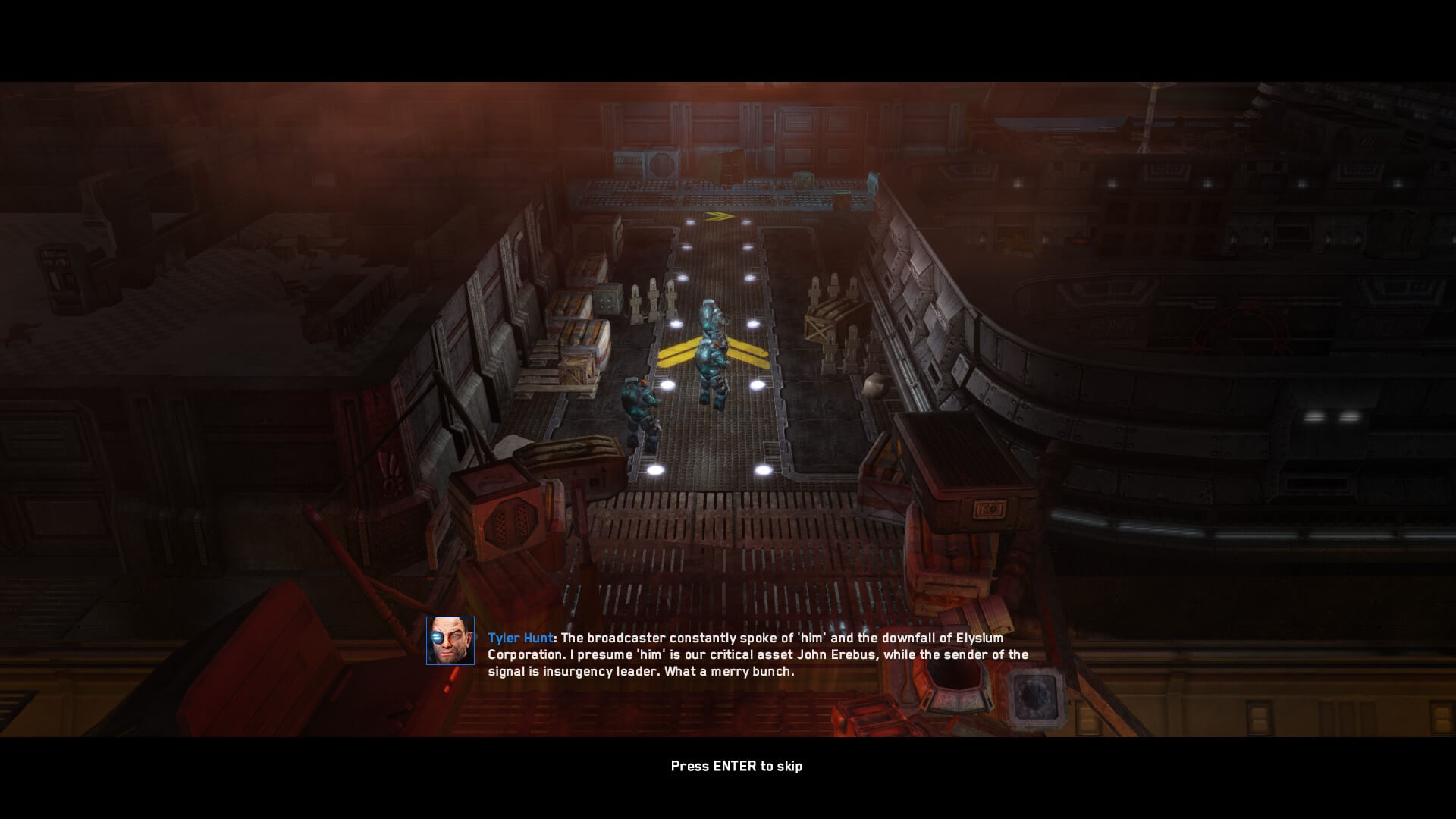
The gameplay itself is a squad-based affair, with you and your teammates, computer- or human-controlled, trying to complete objectives scattered around some impressively large and detailed maps. Each character has a “suit” or class, a weapon, modifications, powers, skills, etc. The upgrades are not permanent, and can be customized to fit a certain role or mission. In single-player, this amounts to you selecting your squad from a selection of marines with differing stats and levels, trying to create a balanced team to fight off the alien hordes that throw themselves at you. It’s wave-based combat, so a lot of it involves slowly crawling from cover to cover.
The “tactical mode” is quite a nice addition, slowing down time so that you can better control and plan out your attacks and skills. Objectives range from interacting with particular objects to reaching certain points or destroying predefined enemies. Protecting a certain space or staying alive for a certain amount of time also feature, creating quite a diverse palate of objective types.
Multiplayer is similar though it is far more open in terms of level design and objective pathways. Rather than a squad, you play a single marine, which can make the game a lot less predictable and slow paced as you desperately try to keep the other members alive, all the while balancing ammo and health needs so that you can see the mission through to the end.
While the solo campaign was certainly long, it had some very strange design decisions. For example, the game is about being tactical and thus often slow-paced – the missions can end up taking hours to complete. With ten missions in total, that can add up. The problem occurs when you realize there is no way to save your game mid-session. You either complete the hours-long mission or have to start from the beginning all over again. Not exactly ideal for those looking for a quick fix.
The game can be frustrating too. While I am not a fan of unnecessary tutorials, this one certainly needed a better one. Certain aspects of the game are not explained at all while others seem to be quite buggy. While much of it you can work out on your own, it would have been nice for either the game to explicitly guide you through these aspects (though that would have been exceptionally boring in an already boring single-player) or, better yet, make them more intuitive so you don’t have to go crawling the forums just to find out what this particular stat, ability or equipment slot actually does.
Once you get into multiplayer, the whole game changes. This is the real heart and soul of the game, and it is fantastic – assuming you have the right team. The community is, unfortunately, a little dead by the time of this review, but the people who remain are extremely helpful and very skilled. Instead of haplessly controlling a squad of troops such as in single-player, you only control a single character. It is much less unwieldy and a lot more fun, making you feel like you really are part of a squad as everyone tries to do their best to survive together. If you buy this game for any reason, buy it for the multiplayer, but be warned that the community in this game may soon be dwindling to a very small user base.

The graphics and sound were perfectly fine. The audio was a bit of a shame, as the gunshots and screaming were quite repetitive, while the graphics were surprisingly good for an indie game. Isometric games give developers the chance to skimp on graphics, but Ironward certainly didn’t. Flames, blood, body and ground textures were very well put together, even once you zoom in close. Meanwhile, the character models were also quite exceptional, in both marines and enemies. Graphics definitely get top marks from me, but audio (other than the soundtrack itself, which is adequate) was nothing to write home about.
Ultimately, The Red Solstice is a brilliant game that is marred by bad design decisions. It’s replayable and devilishly fun when running with others, but the single-player, despite being recommended to be completed before moving to multiplayer, does not reflect the team-playing brilliance. The community is fun and friendly, though small, and while the graphics were great, the sound was not.
It’s a fun if predictable ride though my recommendation would be to get the basics down and jump into multiplayer. Single-player skills do not transfer well, and you will save yourself a lot of long, boring missions in favor of high-octane, high-risk and high-entertainment multiplayer shenanigans.
- Gameplay: Solid multiplayer but poor design decisions and unwieldy controls let the game down as a whole.
- Graphics: Very good for an indie game, top marks in models and textures.
- Sound: Poor voice acting, great score. Average overall.
- Presentation: Sometimes feels half-baked, great in concept but poor in delivery.
[review]

